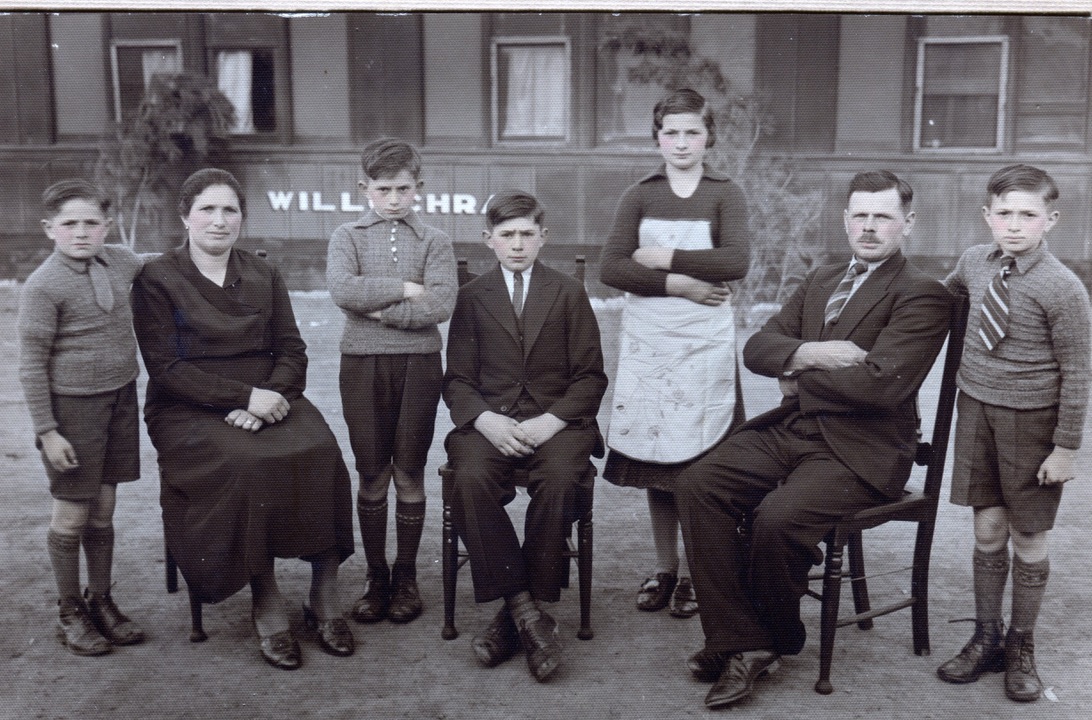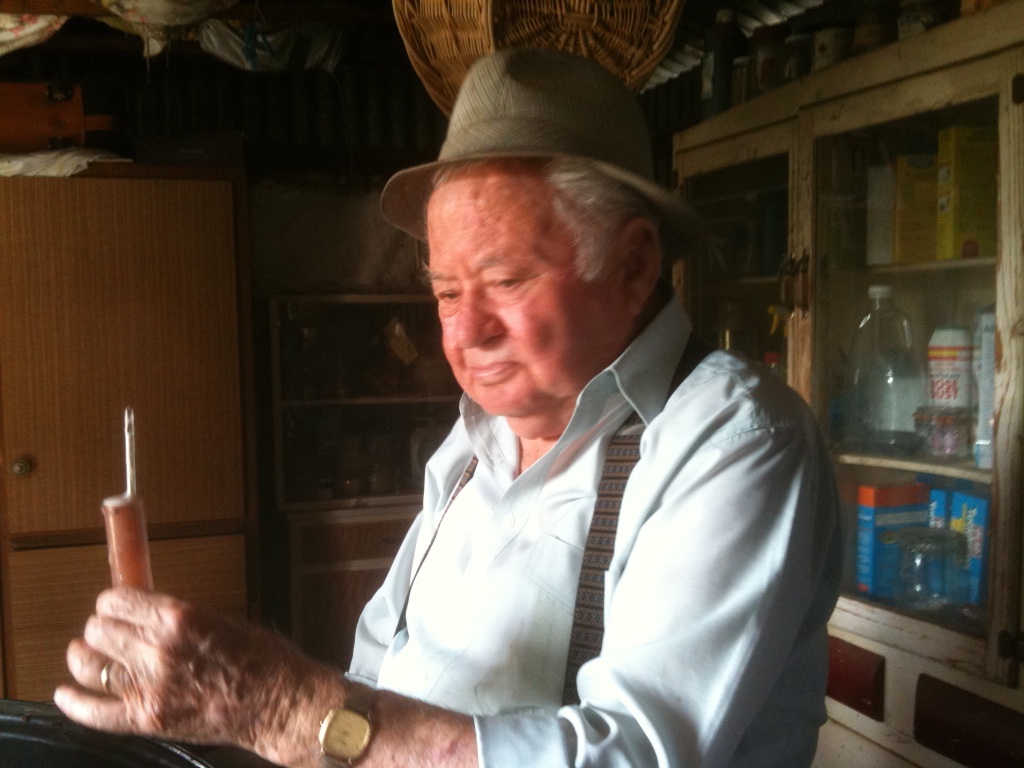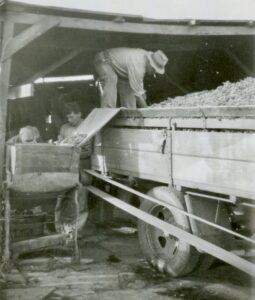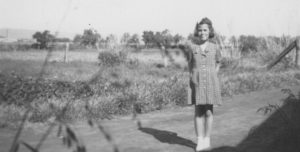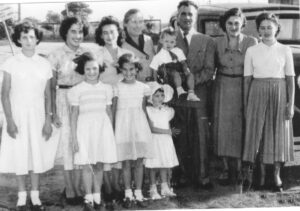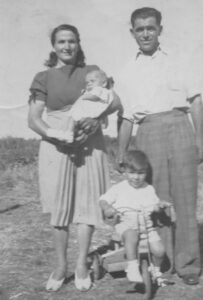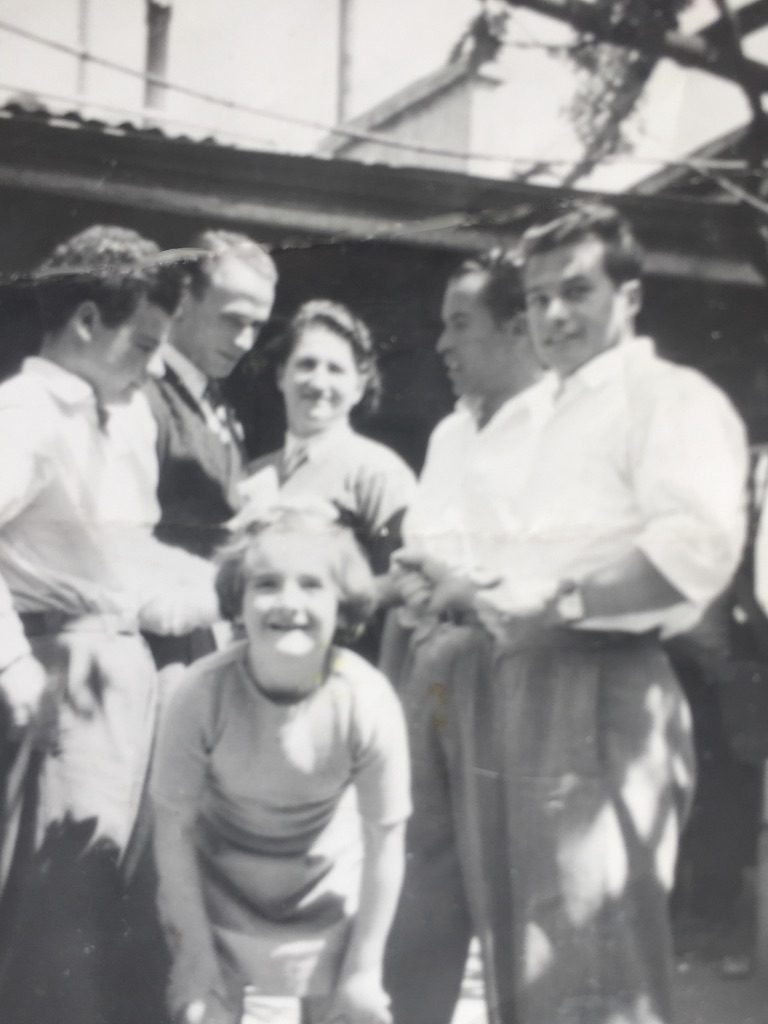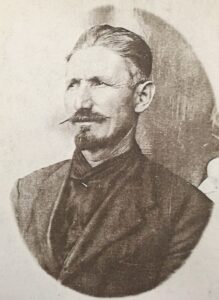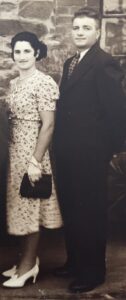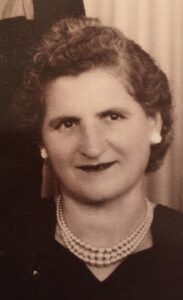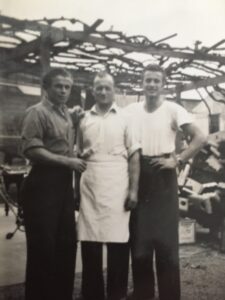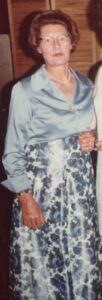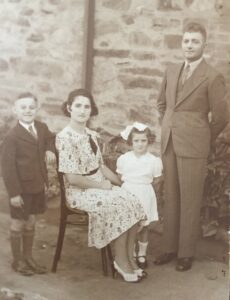Part One
In this blog, the story of the railway carriage or vagon that was located in the Tonellato family market gardens begins. Next blog you will read further details about the ‘Willochra’ carriage.
Secondo Tonellato migrated from Caselle di Altivole to Australia in 1927 and after he was established , he began planning for his wife and children to arrive from Italy. In 1935 he purchased a disused carriage from South Australian Railways and moved it to his land at the end of current day Ferguson Ave, Kidman Park. It was there to accommodate Secondo, his wife, Elisabetta and their children Lui, Rosina, Alberto, Lino and Nano. Assunta joined the family in 1937 and she also lived there with Secondo and Elisabetta until a new house was built in 1954.
In an interview with Madeleine Regan Lino Tonellato remembered:
Well it took ‘em all day from early morning to night time, because they had to have the police and shift the electric poles. It was that long they couldn’t get it around the corner in them days from Islington, all the way from Islington down to Lockleys, but they couldn’t get around the corner on the Grange Road there. They were stuck there for about five hours trying to get the post out to get it across (laughs). Then they reckon they had to lift up wires and all on the way. (Lino Tonellato, 6 July 2010)
According those who remember the carriage it was lavishly appointed with polished woodwork, velvet drapes and etched glass. The name of the carriage was Willochra.
Allegedly this carriage was part of the Royal Train during the 1927 tour by the Duke and Duchess of York, who became King George VI and Queen Elizabeth in 1936. According to reports of the tour the Royal Train comprised 2 ‘pullman sleepers’ and a ‘pullman dining car’ plus standard carriages. In his interview, Lino recalled what it looked like:
I still remember, it was all nice shiny and real polish, high polish, and it was not hot and not cold, always the same temperature in there, with no air-conditioner, it was always the same temperature because the wall was three layers of cork, to get … them days they didn’t have … all filled in with cork, and the roof was three layers … (Lino Tonellato 6 July 2010)
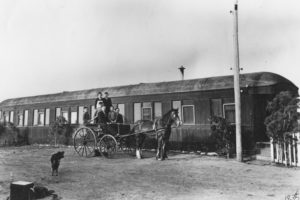
The records of South Australian Railways confirm that this carriage was a ‘Mann Boudoir Car’ built in New York in 1886 for the Victorian and South Australian Railways. Mann Boudoir Cars were designed for luxury overnight travel with 10 sleeping compartments per car. In 1908 the carriage was transferred to the South Australian Railways, re-numbered 116 and named Willochra. At the same time, it was modified into an ‘Observation Car’ for railways department tours – some suites were removed to create a lounge and dining room and it was fitted with electric lights. It remained in service until 1933 and condemned in 1934. According to South Australian Railways records in 1935 it was sold to Rofe & Co Rofe & Co were a transport and moving company who were probably responsible for relocating the vagon to Kidman Park on behalf of Secondo Tonellato.
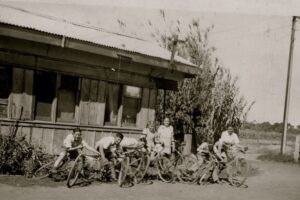
Photos supplied by the families.
Alex Bennett
5 April 2021
